“What do you consider a small town?” I get asked that quite a bit. The answer isn’t that simple. Places come in too many sizes to fall neatly into just three categories: big city, small town, suburb.
What We Think
In general, I think of small towns as being under 10,000 in population, and really small towns are under 2,500. Once it gets bigger than about 10,000, a place tends to have more urban characteristics and less in common with smaller towns.
 |
| Sheila Scarborough and Jeanne Cole in downtown Hutchinson, Kansas. |
I make exceptions, though. For the 140conf/State of Now Small Town event, we go to Hutchinson, Kansas, population 40,000. To me, that’s a big town. Still, it’s way smaller than founder Jeff Pulver’s other host cities like New York (8 million) and Tel Aviv (3 million). And Hutch has a cool, small town feel.
What a lot of urban Americans think of when they say “small town” is more what I would call a small city. They are thinking of places outside the top 10 cities, but still undeniably urban. Places like Portland, Maine; Omaha, Nebraska; or Grand Rapids, Michigan. This is pretty similar to the U.K. definition, where smaller cities are “market towns” and what I call small towns are “villages.”
Government Definitions
Part of what causes the confusion is that the definition of “town” versus “city” is mostly left up to the states in the U.S., so there are significant differences. Plus, each federal agency in the U.S. seems to have their own set of place terms.
The U.S. Census Bureau takes a whole page to define “urban” versus “rural.” Basically, places between 2,500 to 50,000 are “urban clusters” and areas over 50,000 are “urbanized areas.” The Office of Management and Budget uses the terms “micropolitan” for places with an urban core of at least 10,000 but less than 50,000. USDA has their own set of definitions for rural and urban. The U.S. Department of Health and Human Services recently announced a “Small Communities” program with a minimum target population of 100,000. Then there are “exurbs” and “Metropolitan Statistical Areas” and a myriad of other place terms out there.
Beyond the Numbers
But definitions and numbers don’t tell the whole story. A town of 100,000 can seem small, and a town of 10,000 can seem urban. A big city is usually a collection of small-townish neighborhoods. We can also classify places by geography, demography, urban density, walkability, shopability, available amenities, or any other division you can think of.
Jack Schultz created the term Agurbs for prosperous small cities or large towns not in a Metropolitan Statistical Area county. Katie McAskey wants to redefine micropolitan to defining a “small town” with a walkable urban core: a micro area with metropolitan attributes.
Idealizing
There is also a lot of idealizing going on. Small towns aren’t all the romantic, picturesque places many people imagine. Big cities aren’t all the sophisticated, opportunity-filled places many people imagine. All towns and cities are more complex than that.
That small town you grew up in and couldn’t wait to get out of? It isn’t representative of all other small towns everywhere. That big city where you were miserable? It doesn’t equal all other big cities. That suburb where you spent all your time stuck in traffic to get home every day? It isn’t just like all other suburbs. Your memories color things, and it’s unfair to paint thousands of cities or towns with that same brush. If you hated a small town, that doesn’t mean that all small towns are bad. If you despised living in a city, that doesn’t mean all cities suck. Different places have different qualities, different pros and cons.
Live Where You Want
Today, technology is the great equalizer. You can work anywhere, anywhen. You have the choice. You can pick where you want to live.
The whole spectrum of rural to urban is open to you. Tools like Find Your Spot can help you narrow down some choices that might fit you.
So, what is a small town to you?
New to SmallBizSurvival.com? Take the Guided Tour. Like what you see? Get our updates.
- About the Author
- Latest by this Author
Becky started Small Biz Survival in 2006 to share rural business and community building stories and ideas with other small town business people. She and her husband have a small cattle ranch and are lifelong entrepreneurs. Becky is an international speaker on small business and rural topics.
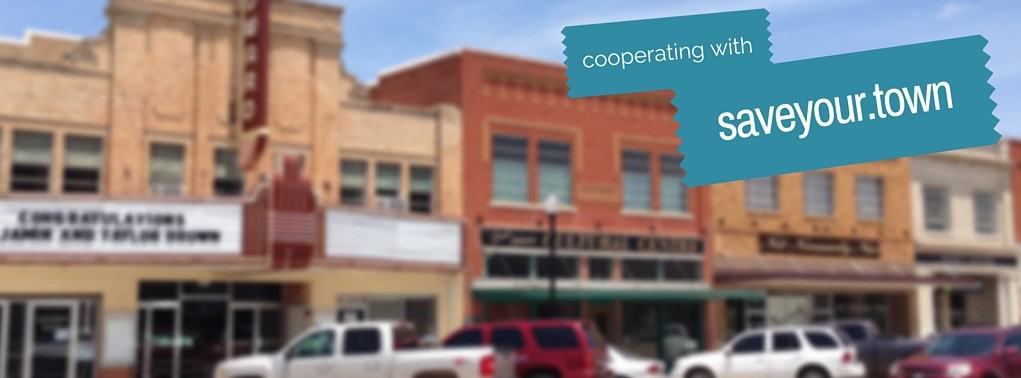

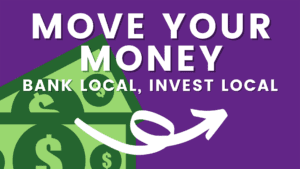


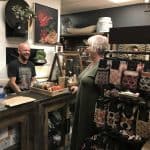
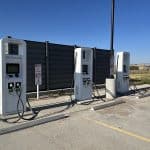
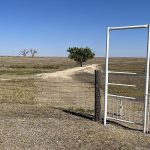


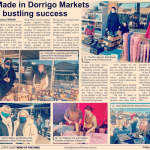
Great post Becky! I work with Wisconsin Rural Partners, the State Rural Development Council, and we get asked “what is rural?” a lot too. For one of our annual Rural Summits we did some research and came up with around 20 definitions of rural in various government programs.
I grew up in Miami, so a small town for me is what I live in now… Lake City, Florida. Our nicest restaurant is a Ruby Tuesdays, and if you are in the mall, you can see the entire thing standing at any point of it. It’s kinda sad. I actually just wrote a blog post on marketing your small business, and mention how hard it is to survive in a town like mine. Check it out! http://blog.speedysigns.com/design/marketing-your-small-business-with-signage/
Couldn’t agree more with you saying small towns get idealized. I know the hometown in my memory is not what I find when I go back home, but even in the reality there’s good to be found.
As for technology being the great equalizer, actually working on something I think can really help small town businesses. I’ll email you about it in case you want a sneak peak.
Dennis, just coming to an agreement on definitions is hard enough. That keeps us struggling to achieve more meaningful goals.
Megan, I hope you’ll work on adjusting your outlook to see the possibilities in your new small town. It does take work.
Nick, the memory of “what was” is one of our biggest obstacles to building what is possible. I’m glad you are able to see the good potential in the reality of today.